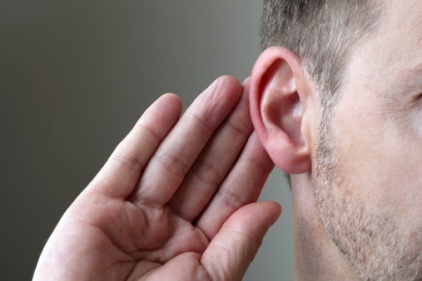Our world is filled with sound – from crowded city streets to lively concerts and hectic workplaces. While these sounds enrich our lives, they can also pose a threat to our hearing health. Noise-induced hearing loss (NIHL) is a prevalent and preventable condition caused by prolonged exposure to loud noises. In this blog, we will learn about NIHL, its causes, risk factors, and preventive measures to raise awareness about this silent but significant concern.

Noise-Induced Hearing Loss (NIHL):-
Noise-induced hearing loss (NIHL) refers to the gradual impairment of hearing due to exposure to loud sounds over time. It occurs when the delicate hair cells in the inner ear, responsible for translating sound vibrations into electrical signals for the brain to interpret, become damaged or destroyed. NIHL can be temporary or permanent and can affect one or both ears, depending on the exposure level and duration.
Discovering the Signs: Unveiling the Symptoms of Noise-Induced Hearing Loss:-
Symptoms of noise-induced hearing loss can vary from mild to severe and may include:-
- Difficulty understanding speech, especially in noisy environments.
- Ringing, buzzing, or hissing sounds in the ears (tinnitus).
- Muffled or distorted hearing.
- Sensitivity to loud sounds (hyperacusis).
- A feeling of fullness or pressure in the ears.
It is essential to seek medical attention if you experience any of these symptoms to receive a proper diagnosis and appropriate treatment.
Unraveling the Causes and Risk Factors of NIHL:-
Prolonged exposure to loud sounds, such as those from machinery, construction sites, concerts, firearms, and even personal music devices at high volume, can lead to NIHL. The louder the sound and the longer the exposure, the higher the risk of hearing damage. Factors like age, genetics, and existing hearing conditions can also influence an individual’s susceptibility to NIHL.
Exploring the Gradual Nature of Noise-Induced Hearing Loss:-
One of the insidious aspects of NIHL is its gradual development. Often, individuals may not notice the initial hearing loss, attributing it to aging or other factors. As the damage accumulates, they may experience difficulty understanding conversations, ringing in the ears (tinnitus), and a sense of isolation in social settings.
Interpreting the Noise-Induced Hearing Loss Audiogram:-
An audiogram is a graphical representation of a person’s hearing ability. In the case of noise-induced hearing loss, the audiogram may reveal specific patterns:
High-Frequency Loss:-
Noise-induced hearing loss often affects high-frequency sounds first, as these frequencies are more susceptible to damage. The audiogram may show a “notch” or drop in the high-frequency range, typically around 4,000 to 6,000 Hz.
Sloping Configuration:-
The audiogram may exhibit a sloping configuration, with better hearing in the low frequencies and progressively worse hearing in the higher frequencies.
Bilateral Loss:-
Noise-induced hearing loss often affects both ears equally, resulting in a bilateral hearing loss pattern on the audiogram.
Treatment Options for Noise-Induced Hearing Loss:-
Treatment for noise-induced hearing loss focuses on managing the symptoms and preventing further damage. While there is currently no cure for NIHL, the following options may be recommended:
Hearing Aids:-
Hearing aids can help individuals with noise-induced hearing loss by amplifying sounds and improving their ability to hear and communicate.
Assistive Listening Devices:-
These devices, such as personal amplifiers and FM systems, can enhance speech clarity in noisy environments and improve listening experiences.
Communication Strategies:-
Learning effective communication strategies, such as lip-reading and using visual cues, can help individuals with NIHL compensate for their hearing loss.
Counseling and Support:-
Counseling and support groups can provide emotional support, coping strategies, and education on living with hearing loss.
